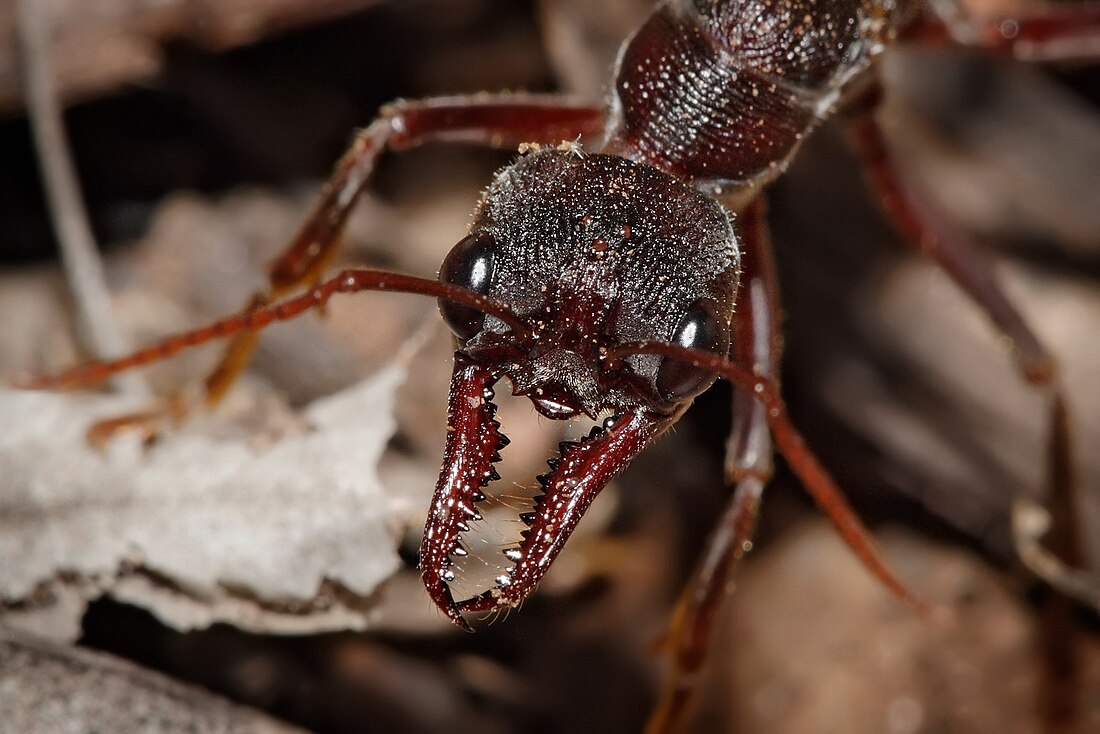Top Qs
Timeline
Chat
Perspective
Mandibulata
Clade of arthropods From Wikipedia, the free encyclopedia
Remove ads
The clade Mandibulata constitutes one of the major subdivisions of the phylum Arthropoda, alongside Chelicerata. Mandibulates include the crustaceans, myriapods (centipedes and millipedes, among others), and all true insects. The name "Mandibulata" refers to the mandibles, a modified pair of limbs used in food processing, the presence of which are characteristic of most members of the group.
The mandibulates are divided between the extant groups Myriapoda (millipedes and centipedes, among others) and Pancrustacea (including crustaceans and hexapods, the latter group containing insects). Molecular phylogenetic studies suggest that the living arthropods are related as shown in the cladogram below. Crustaceans do not form a monophyletic group as insects and other hexapods have evolved from within them.[1][2][3]
A number of extinct groups have also been placed in Mandibulata, including Hymenocarina,[4] Euthycarcinoidea,[5] and possibly Fuxianhuiida.[6]
Cladogram after O’Flynn et al, 2023:[7]
| Total group Arthropoda |
| |||||||||||||||||||||||||||||||||||||||||||||||||||||||||||||||||||||||||||||||||||||||
Remove ads
Taxonomic history
The name "Mandibulata" was originally used for a subgroup of insects by Joseph Philippe de Clairville in 1798.[8] In the 1930s, Robert Evans Snodgrass used the name to encompass myriapods, hexapods and crustaceans, which he considered to be united by a number of morphological similarities, including but not limited to the presence of mandibles.[9] This proposal was contested by some other 20th century scholars, who considered mandibles the result of convergent evolution,[10] though the existence of Mandibulata is now widely accepted based on genetic evidence.[11]
Remove ads
See also
References
Wikiwand - on
Seamless Wikipedia browsing. On steroids.
Remove ads















